Table of Contents
Introduction
Faucet bidets are gaining popularity worldwide as people seek more efficient and hygienic alternatives to traditional toilet paper. However, like any plumbing fixture, they can encounter problems that require troubleshooting. This guide will explore common issues with faucet bidet and provide easy-to-follow steps for diagnosing and fixing them.
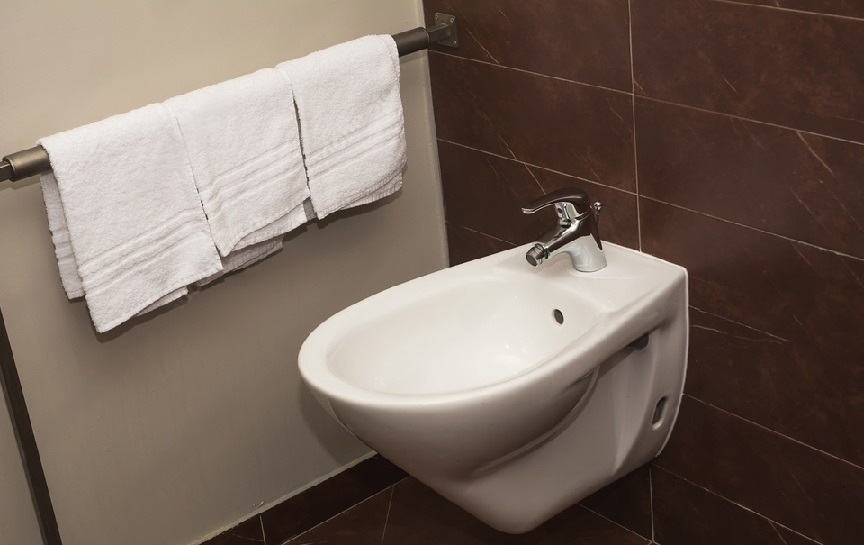
Understanding Faucet Bidet Components
Key Components
Before delving into troubleshooting, it’s essential to understand the basic components of a faucet bidet. These typically include a nozzle, mixing valve, temperature sensor, hoses, and connections. Each element plays a crucial role in delivering water for cleansing after toileting.
To illustrate, imagine the nozzle as the sprayer directing water, the mixing valve as the water temperature controller, and the hoses as the conduits transporting water. Knowing how these parts work together will aid in troubleshooting effectively.
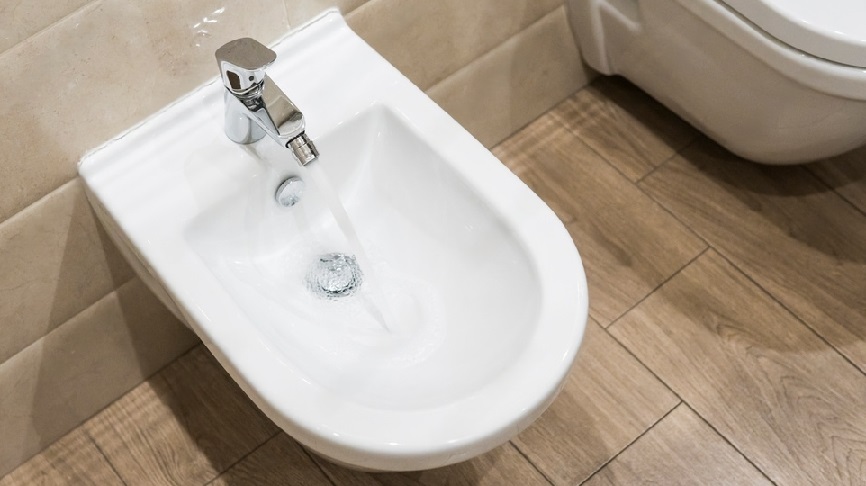
Identifying Common Problems
Lack of Water Flow
One of the most common issues users encounter with faucet bidets is a lack of water flow. This can manifest as weak or intermittent spraying, making cleansing less effective.
Causes of reduced water flow may include issues with the water supply, such as low pressure or a blockage in the plumbing lines. Additionally, sediment buildup or clogged nozzles can restrict water flow, as can malfunctioning valves.
Troubleshooting Steps
- Check the Water Supply: Ensure that the water supply to the bidet is fully open and provides adequate pressure. If other faucets in the house are experiencing similar issues, there may be a problem with the overall water supply.
- Clean the Nozzles: Sediment or mineral buildup can clog the bidet nozzles over time, reducing water flow. To clean them, gently remove the nozzles and soak them in vinegar to dissolve any deposits. Rinse thoroughly before reattaching.
- Inspect the Valves: Malfunctioning valves can impede water flow. Check for any leaks or signs of damage around the valves and replace them if necessary. Adjusting the valve settings may also improve water flow.
Temperature Control Issues
Another common problem with faucet bidets is temperature control issues. Users may experience water that is too hot, too cold or fluctuates unpredictably during use.
Causes
Temperature control problems can stem from various issues, including a faulty mixing valve, sediment buildup within the valve, or a malfunctioning temperature sensor.
Troubleshooting Steps
- Adjust Temperature Settings: Adjust the bidet’s temperature settings, if available. Sometimes, minor adjustments can resolve temperature fluctuations.
- Clean the Mixing Valve: Sediment buildup within the mixing valve can affect temperature control. Turn off the water supply to the bidet and disassemble the mixing valve. Clean any debris or sediment from the valve components before reassembling.
- Inspect the Temperature Sensor: If the bidet is equipped with a temperature sensor, check for any signs of damage or malfunction. Replace the sensor if necessary, following manufacturer guidelines.
Leaks or Drips
Leaking or dripping from the bidet fixtures is another common issue that users may encounter. These leaks can waste water and potentially cause damage to surrounding surfaces if left unaddressed.
Causes
Leakage can occur due to loose connections, damaged seals, or cracks in the bidet hoses. Over time, seals may degrade, and connections can loosen, leading to leaks.
Troubleshooting Steps
- Tighten Connections: Inspect all connections to ensure they are securely tightened. Use a wrench or pliers to pull any loose fittings snugly.
- Replace Seals: If leaks persist, examine the seals around the bidet fixtures for signs of wear or damage. Replace any worn seals with new ones to create a proper seal and prevent leaks.
- Inspect Hoses: Check the bidet hoses for cracks or damage. If any are found, replace the hoses to prevent further leakage. Ensure that hoses are properly connected and tightened to prevent leaks at the connections.
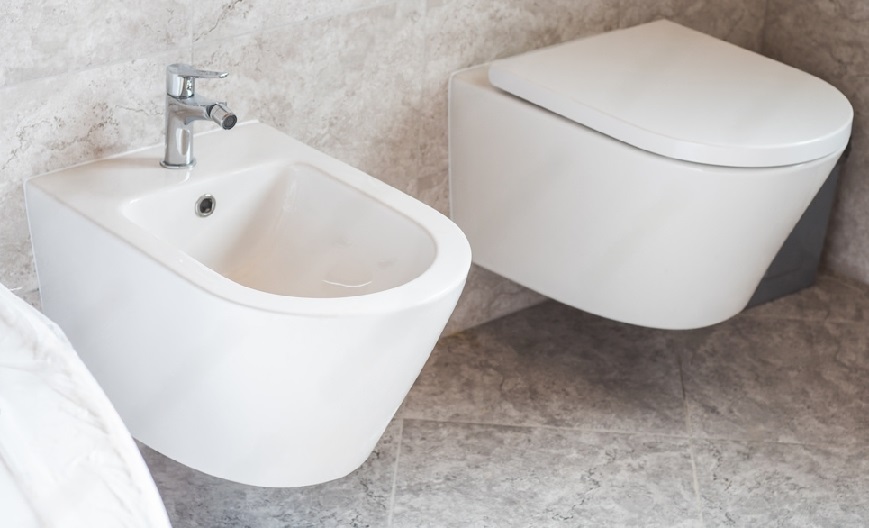
DIY Troubleshooting Techniques
Step-by-step Guide
When encountering issues with a faucet bidet, a systematic approach to troubleshooting can help identify and resolve the problem efficiently. Here’s a step-by-step guide to DIY troubleshooting techniques:
- Gather Necessary Tools: Before troubleshooting, gather the tools you may need, such as wrenches, pliers, and screwdrivers. Having the right tools on hand will make the process smoother.
- Safety Precautions: Ensure that the bidet is turned off and disconnected from the power supply, if applicable, before starting any troubleshooting. This will prevent accidents and ensure your safety.
- Inspect Visible Components: Start by visually inspecting the bidet for any obvious signs of damage, such as leaks, cracks, or loose connections. Pay attention to areas where water may be escaping or pooling.
- Check Water Supply: Verify that the water supply to the bidet is turned on and provides adequate pressure. Low water pressure can affect the performance of the bidet and may indicate a problem with the plumbing.
- Clean Components: Clean any visible debris or sediment from the bidet nozzles, valves, and other components using a mild cleaning solution and a soft brush or cloth. Ensure that all components are free from obstructions.
- Test Functionality: Turn on the bidet and test its functionality to see if the issue has been resolved. Pay attention to the water flow, temperature control, and any signs of leakage or dripping.
- Make Adjustments: If the problem persists, adjust the bidet settings or components as needed. Refer to the manufacturer’s instructions for guidance on troubleshooting specific issues.
- Seek Professional Help: If DIY troubleshooting does not resolve the problem, or if you are uncomfortable performing repairs yourself, seek the assistance of a professional plumber or technician. They will have the expertise and tools necessary to diagnose and fix more complex issues.
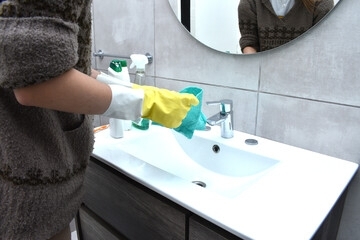
Advanced Troubleshooting and Repair
When to Seek Professional Help
While many common bidet problems can be resolved through DIY troubleshooting, some issues may require the expertise of a professional plumber or technician. Here are some signs that it may be time to seek professional help:
- Persistent leaks or dripping that cannot be resolved with basic repairs
- Electrical issues, such as malfunctioning temperature sensors or control panels
- Structural damage to the bidet fixtures or plumbing that requires repair or replacement
Overview of Advanced Repair Techniques
For more complex issues with faucet bidets, such as internal valve malfunctions or electrical problems, advanced repair techniques may be necessary. These may include:
- Disassembling and repairing or replacing internal components, such as valves or sensors
- Flushing and cleaning plumbing lines to remove sediment or mineral buildup
- Replacing damaged or malfunctioning electrical components, such as temperature sensors or control panels
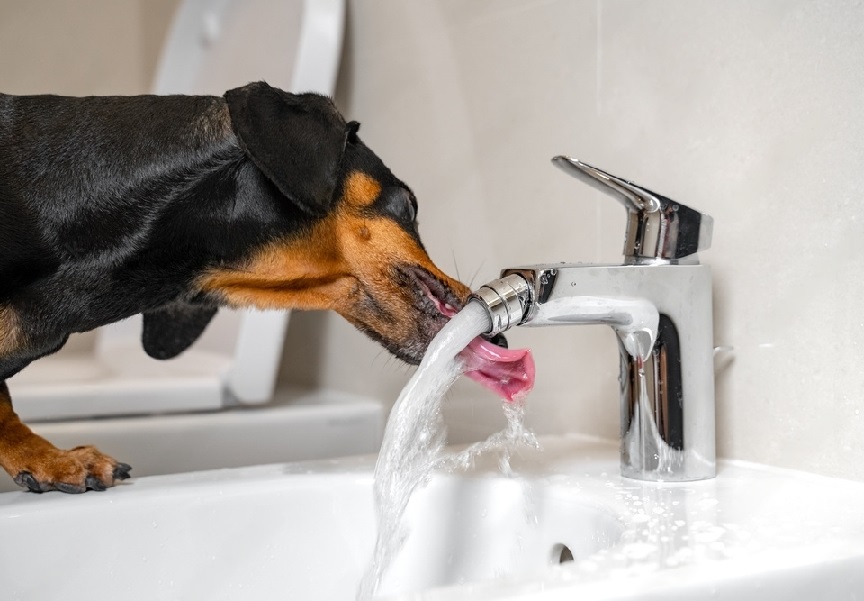
Maintenance Tips for Preventing Future Issues
Regular Cleaning and Inspection
To prevent future problems with your faucet bidet, incorporate regular cleaning and inspection into your maintenance routine. Here are some tips to help keep your bidet in optimal condition:
- Clean the bidet nozzles and fixtures regularly to remove any buildup of sediment or debris.
- Inspect hoses, connections, and seals for signs of wear or damage and replace them as needed.
- Check for leaks or dripping around the bidet fixtures and repair them promptly to prevent water damage.
Recommended Maintenance Schedule
Developing a regular maintenance schedule for your faucet bidet can help prolong its lifespan and prevent costly repairs. Consider the following maintenance tasks:
- Weekly: Clean bidet nozzles and fixtures with a mild cleaning solution and inspect for any visible damage or leaks.
- Monthly: Check hoses, connections, and seals for signs of wear or damage and tighten or replace them as needed.
- Annually: Flush and clean plumbing lines to remove sediment or mineral buildup and ensure optimal water flow.
Tips for Prolonging Bidet Lifespan
To maximize the lifespan of your faucet bidet and minimize the need for repairs, consider the following tips:
- Use gentle cleaning products and avoid abrasive materials that could damage bidet fixtures.
- Avoid excessive force when operating bidet controls or adjusting settings to prevent damage to internal components.
- Follow manufacturer guidelines for temperature and water pressure settings to prevent overheating or damage to the bidet.
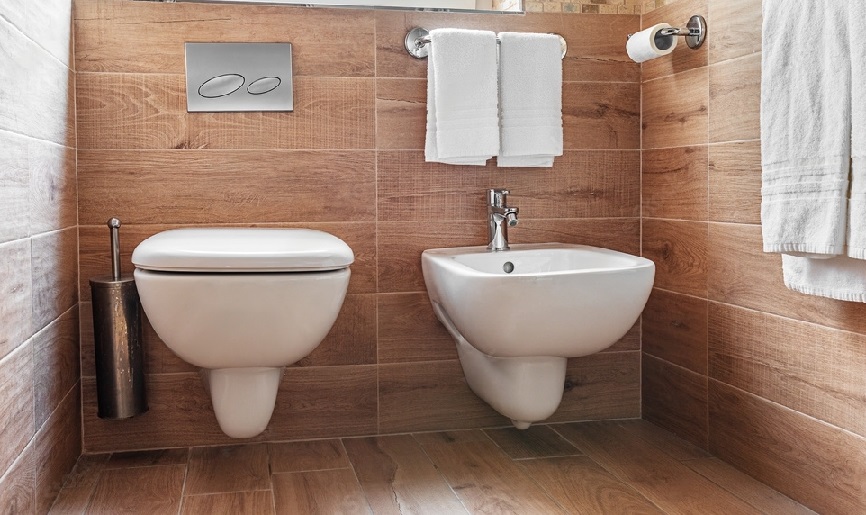
Conclusion
In conclusion, troubleshooting common problems with faucet bidets can be straightforward with the right knowledge and approach. By understanding the key components, identifying common issues, and following DIY troubleshooting techniques, you can effectively diagnose and resolve many bidet problems independently. However, for more complex issues or if you’re unsure about making repairs yourself, don’t hesitate to seek the assistance of a professional plumber or technician. With regular maintenance and proper care, your faucet bidet can provide years of reliable service and enhanced hygiene.
